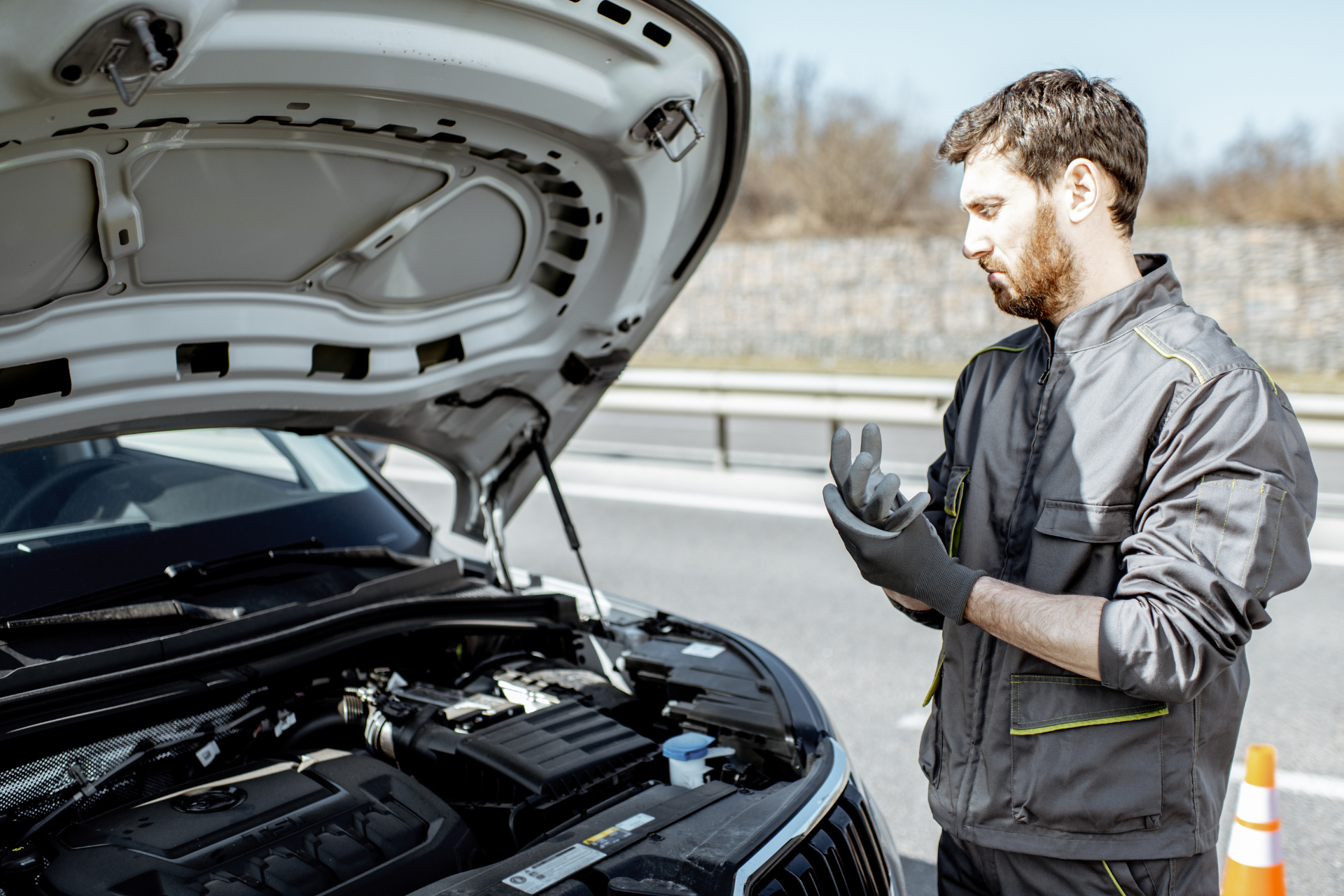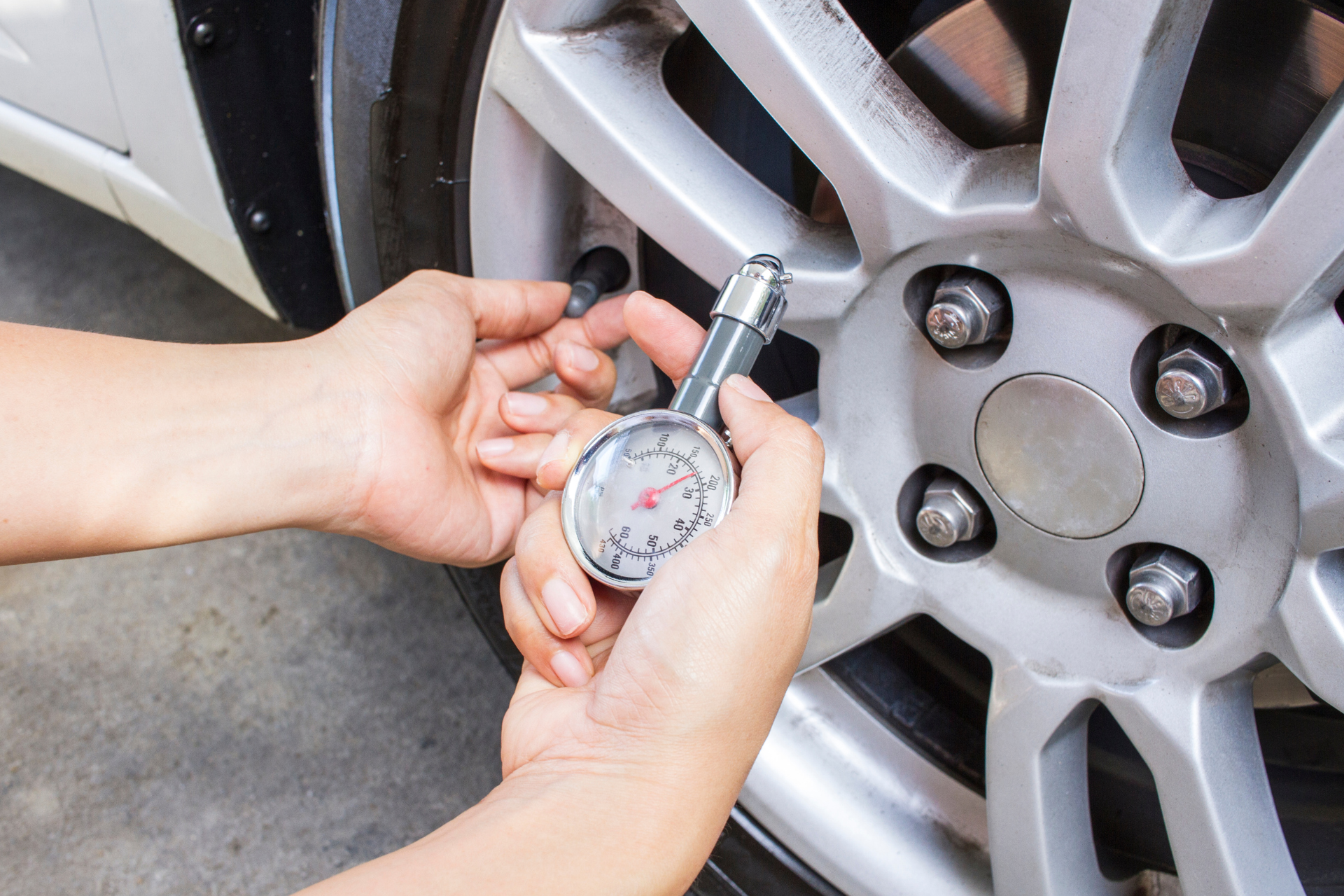How to Jump-Start a Car Safely: Avoiding Common Mistakes

At Texas Towing Guys, we know that a dead battery can throw a wrench in your day, especially in the heart of Texas where the roads are as vast as the sky. Whether you're on your way to work, heading out for some weekend fun, or simply running errands, a jump-start might just be what you need to get back on track. However, not all jump-starting techniques are created equal, and one misstep can lead to a shocking experience—literally! So, let’s walk through how to jump-start a car safely and avoid common mistakes.
Gather Your Supplies
Before diving into the jump-start process, it's essential to gather the right tools. You’ll need a pair of jumper cables and another vehicle with a functioning battery. Make sure you're using heavy-duty cables, as lighter ones may not provide enough power. If you have them, wearing gloves is also a good idea to protect your hands from corrosion or sparks.
Understanding the Connection
One of the most common mistakes people make is incorrect cable connections. A good rule to keep in mind is the acronym “RED - BLACK - START.” Here’s how it works:
1. Attach the Red Cable
Connect one end of the red jumper cable to the positive terminal (marked with a "+" symbol) of the dead battery. Then, connect the other end of the red cable to the positive terminal of the working battery.
2. Attach the Black Cable
Now, connect one end of the black cable to the negative terminal (marked with a "-" symbol) of the working battery. The final connection is crucial: instead of connecting it to the dead battery’s negative terminal, attach it to an unpainted metal surface on the engine block of the dead car. This helps prevent sparks near the battery.
Check Your Surroundings
Before you start the engines, take a moment to ensure all bystanders are at a safe distance. It’s easy to get carried away in the moment, but that extra caution can make all the difference. If you're doing this on a busy road, it’s advisable to turn on your hazard lights to alert other drivers.
Start the Engines
Once everything is connected correctly, it’s time to start the vehicle with the charged battery first. Let it run for a few minutes, and then try starting the dead vehicle. If it turns over, great! If not, give it another minute before trying again.
Disconnecting the Cables
After your vehicle has successfully started, it’s vital to disconnect the jumper cables in the reverse order of how you connected them: black from the unpainted metal surface, black from the working battery, red from the working battery, and finally, red from the dead battery. Avoid letting the clamps touch each other during this process.
Final Checks
Once the jump-start is complete, allow the revived vehicle to run for at least 15 to 30 minutes to recharge the battery fully. If your vehicle doesn’t start again after being turned off, you may need a new battery. At Texas Towing Guys, we can help you with that too—be it a jump-start, battery replacement, or any other roadside assistance you need.
Jump-starting your car doesn’t need to be a stressful event. Just remember these guidelines, and you’ll be back on the road in no time! If you’re ever in doubt or need a helping hand, Texas Towing Guys is just a call away. Safe travels!




